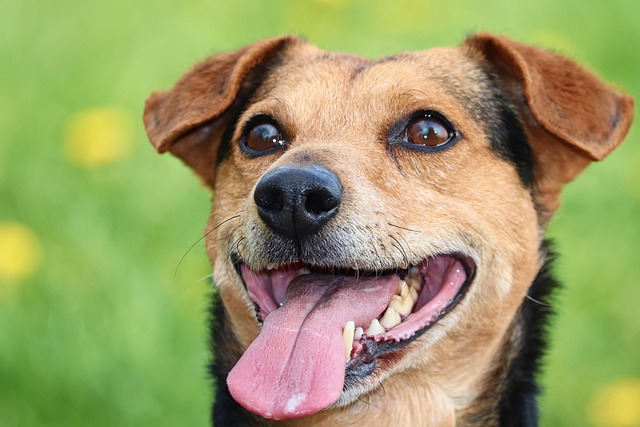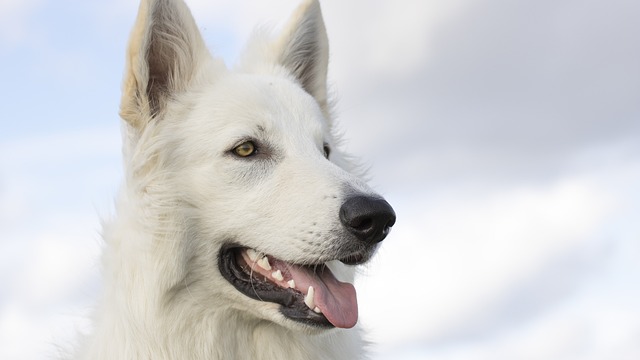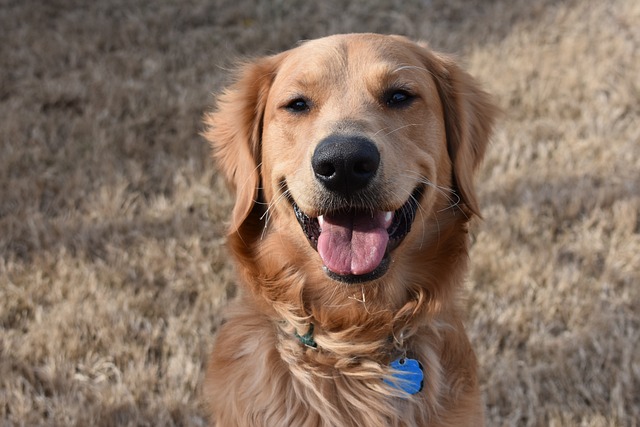
How to prevent dogs from pouncing on you when they are excited
When you finish a busy day and open the door, the dog rushes towards you like a small cannonball, jumps up enthusiastically and pounces on you.
Training a dog to obey the command to sit is not only the beginning of cultivating good behavior habits but also a unique journey for humans and dogs to build trust and deepen their affection. In this process, professional training methods serve as the cornerstone, while patient and encouraging love is the nourishment for growth.
Dogs are naturally capable of learning, but the way they understand human commands is quite different from ours. From a behavioral perspective, dogs' perception of the world relies on conditioned reflexes. They gradually form a fixed response pattern by establishing a connection between specific behaviors and rewards. When training the command "sit", the owner needs to first understand the dog's body language and capture the moment when it sits naturally. These unconscious actions in daily behavior are the starting point of the training. When the dog sits naturally during play breaks or while waiting for food, the owner should be filled with joy, for this is the "key" to opening the door of training.
Preparing suitable training props can make the training more effective. Choose the dog's favorite snacks as rewards. Small pieces of dried chicken and cheese grains, delicious foods with an alluring aroma, are a powerful driving force for the dog. At the same time, it is crucial to prepare a quiet and undisturbed training space. A corner of the living room or a sunny balcony allows the dog to focus on the owner's guidance. In the early stage of training, the dog may have no concept of the command. At this time, the owner's demonstration of the action becomes the most intuitive teaching method. Squat down to be at eye level with the dog, hold a snack above its nose with one hand and move it slowly upward. The dog's head will lift with the snack, and to maintain balance, its bottom will naturally touch the ground to complete the sitting action. The moment its bottom touches the ground, the owner should immediately give a clear and firm command of "sit", and at the same time, offer the snack to the dog's mouth, give enthusiastic praise, stroke its head, and say "good boy" in a loving voice. This series of actions and sounds is like the thread weaving an intimate relationship, closely linking the command "sit" with the reward.
 The training process is not always smooth. The dog may make frequent mistakes due to distractions or losing interest in the snacks. When the dog jumps up to try to snatch the snack under the temptation of the food but does not complete the sitting action, the owner should maintain a calm mindset and not be impatient or scold it. Gently press the dog's bottom to assist it in completing the sitting action, and at the same time, repeat the command "sit" to let it understand the connection between this action and the reward. Every failure is an opportunity to learn. Just as a child may stumble while learning to walk, a dog also needs time to understand and master the command.
The training process is not always smooth. The dog may make frequent mistakes due to distractions or losing interest in the snacks. When the dog jumps up to try to snatch the snack under the temptation of the food but does not complete the sitting action, the owner should maintain a calm mindset and not be impatient or scold it. Gently press the dog's bottom to assist it in completing the sitting action, and at the same time, repeat the command "sit" to let it understand the connection between this action and the reward. Every failure is an opportunity to learn. Just as a child may stumble while learning to walk, a dog also needs time to understand and master the command.
As the training progresses, gradually reduce the dependence on snacks and transition to using only commands and gestures for guidance. When the dog can sit consciously after hearing the command "sit", the owner can first give a snack as a reward, and then slowly extend the number of intervals without giving snacks. Use gestures to match the command, such as waving the palm downward, to strengthen the dog's memory of the command. This process needs to be carried out step by step, and each training session should not be too long, about 5 to 10 minutes, to avoid making the dog bored. Just like cultivating a child's habit, it requires taking one step at a time and not being eager for quick results.
It is also very important to consolidate the training results in different scenarios. From the familiar home environment to an outdoor park or a friend's house, repeat the command "sit" in new environments to let the dog understand that no matter where it is, it should respond with the corresponding action when it hears this command.
Training a dog to obey the command "sit" is a journey full of joy and challenges. In this process, we witness the dog's transformation from ignorance to proficiency, from confusion to confidence. Every successful sitting is a response to the owner's trust; every patient guidance is an expression of the owner's love for the dog. When we take the dog that has learned the "sit" command for a walk on the street and see it sit obediently at the command, the admiring glances from around us all tell the beauty of the special relationship between humans and dogs. This training experience not only teaches the dog a skill but also plants the seeds of trust and dependence in each other's hearts, making the companionship warmer and more meaningful.

When you finish a busy day and open the door, the dog rushes towards you like a small cannonball, jumps up enthusiastically and pounces on you.

When you carefully pick up the nail clippers and approach the dog, it suddenly bares its teeth, growls, and even tries to struggle and bite you.

When you happily reach out to hug your dear dog, but suddenly it bares its teeth, growls, or even bites you; or when a child in the family approaches to play

When you get up in the morning and see the "masterpiece" of the dog on the floor, or when you get home from work and are greeted by the pungent odor and the messy scene,

When dogs at home always bark, bark, or even bite other dogs, this makes every pet owner feel anxious and uneasy. Seeing the once docile and cute furry child become a "little bully", the heartache and worry are beyond words.

When the warm afternoon sun shines through the window into the living room, you are looking forward to curling up on the sofa to enjoy a moment of peace, but you find that your dog has already occupied the high ground,